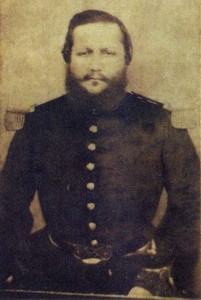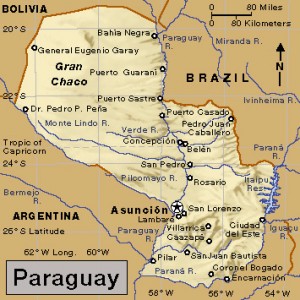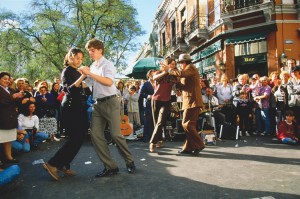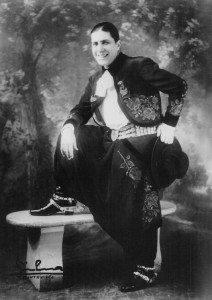The War of the Triple Alliance
Friday, February 28th, 2020February 28, 2020
On March 1, 1870, 150 years ago this Sunday, Paraguay’s President Francisco Solano López was killed by Brazilian troops in the Cerro Corá valley of northeastern Paraguay. López’s death marked the end of the War of the Triple Alliance (also called the Paraguayan War), the bloodiest war in Latin American history. The conflict had begun in 1864 and pitted Paraguay against the nearby nations of Argentina, Brazil, and Uruguay—the “Triple Alliance.” Paraguay lost the war, its population was decimated, and much of the country was destroyed.

This is the last known photograph of Paraguayan President Francisco Solano López. He was killed 150 years ago this Sunday on March 1, 1870. credit: Public Domain
It is a grim anniversary, but the War of the Triple Alliance still calls forth nationalistic pride in many Paraguayans. The country is marking the sesquicentennial of the end of the war with concerts, book launches, and conferences in Asunción, the capital, as well as special commemorations in the capital and at López’s death site along the Aquidabán Niguí River.
In 1862, as the United States struggled through a bloody Civil War, Paraguay’s first president, Carlos Antonio López, died after 21 years in power. His son, Francisco Solano López, then took over as a president with dictatorial powers. Francisco believed that Argentina and Brazil wished to occupy Paraguay and Uruguay, so he signed a defense treaty with Uruguay. In 1864, Paraguay went to war against Brazil to defend Uruguay’s government. After Argentina refused to let Paraguayan troops cross its territory to attack Brazil, López declared war on Argentina as well. In 1865, Brazil helped a new government take hold in Uruguay, which joined with Argentina and Brazil to form the Triple Alliance against Paraguay.

Paraguay fought the nearby countries of Argentina, Brazil, and Uruguay (to the southeast, not on the map) in the War of the Triple Alliance (1864-1870). credit: World Book map; map data (c) MapQuest.com, Inc.
After initial Paraguayan victories, the turning point of the war came at the 1866 Battle of Tuyutí in southwestern Paraguay. In the bloodiest battle ever in South America, some 17,000 soldiers were killed at Tuyutí—most of them Paraguayan. A series of desperate battles followed as the Alliance armies gained the upper hand. By January 1869, Alliance troops had captured Asunción and controlled much of Paraguay, but López and a stalwart group of soldiers continued fighting a guerrilla campaign in the mountains. (Guerrilla warfare is conducted by roving bands of fighters who stage ambushes, sudden raids, and other small-scale attacks.) Brazilian troops eventually caught up with López and his remaining forces in the Cerro Corá valley, where the war ended with López’s death on the battlefield in 1870.
The war left Paraguay in ruins. Some historians estimate that the country lost about 60 percent of its prewar population, including nearly 90 percent of its men. In total, an estimated 400,000 people died in the conflict. Paraguay also lost a fourth of its territory. After the war, power struggles among rival political groups plagued the country. More than 30 presidents headed Paraguay’s government from 1870 to 1932.




